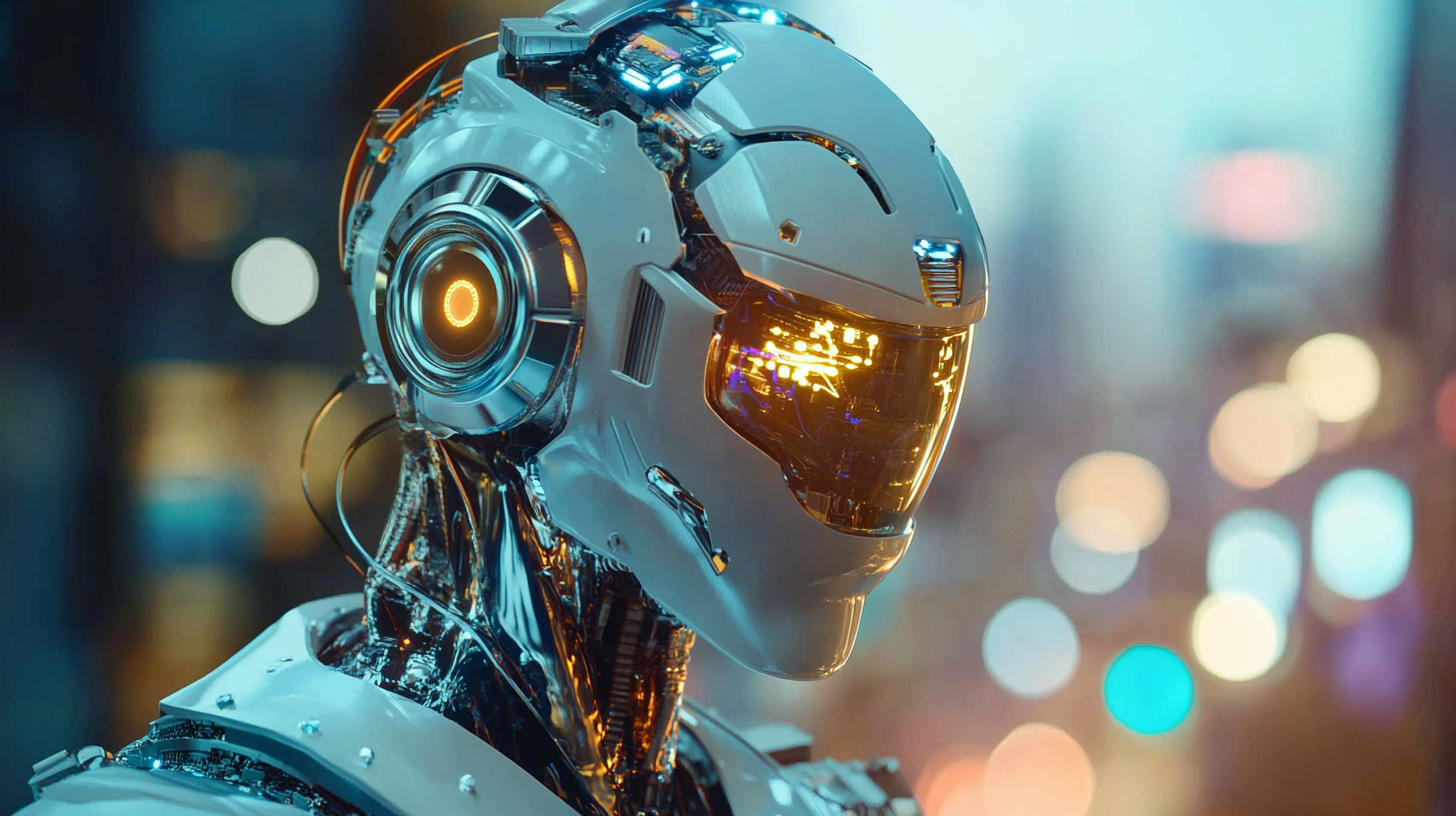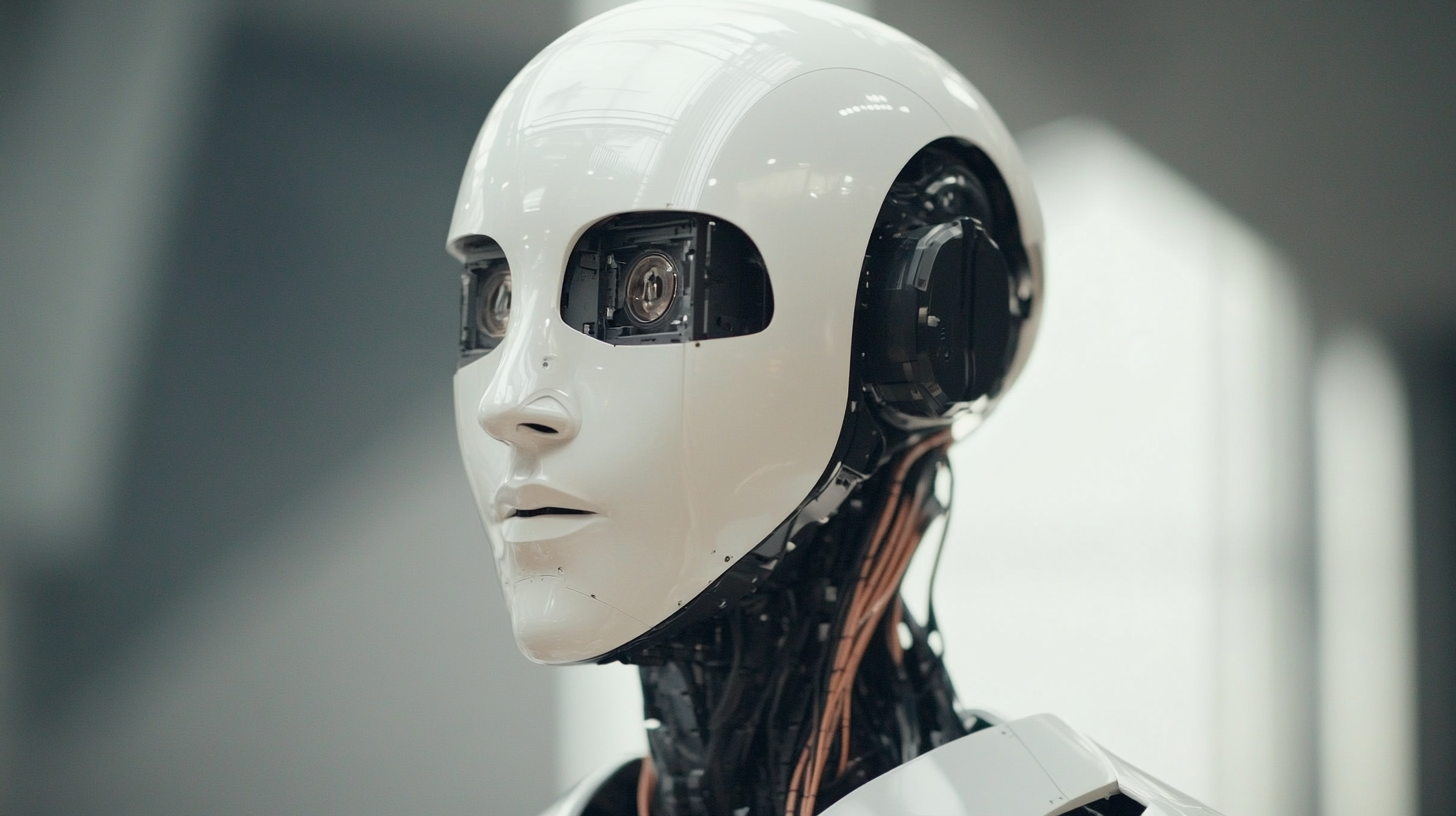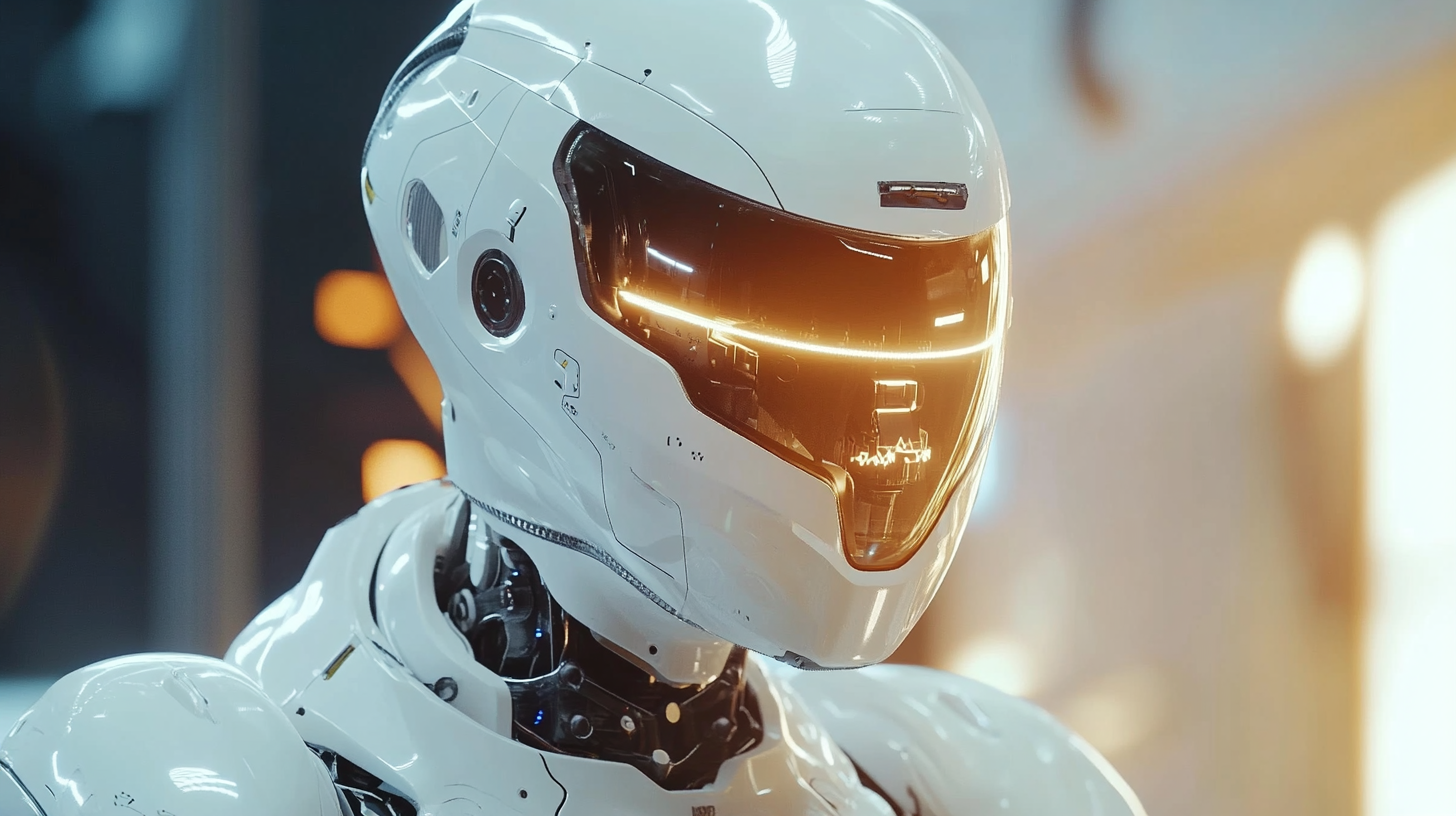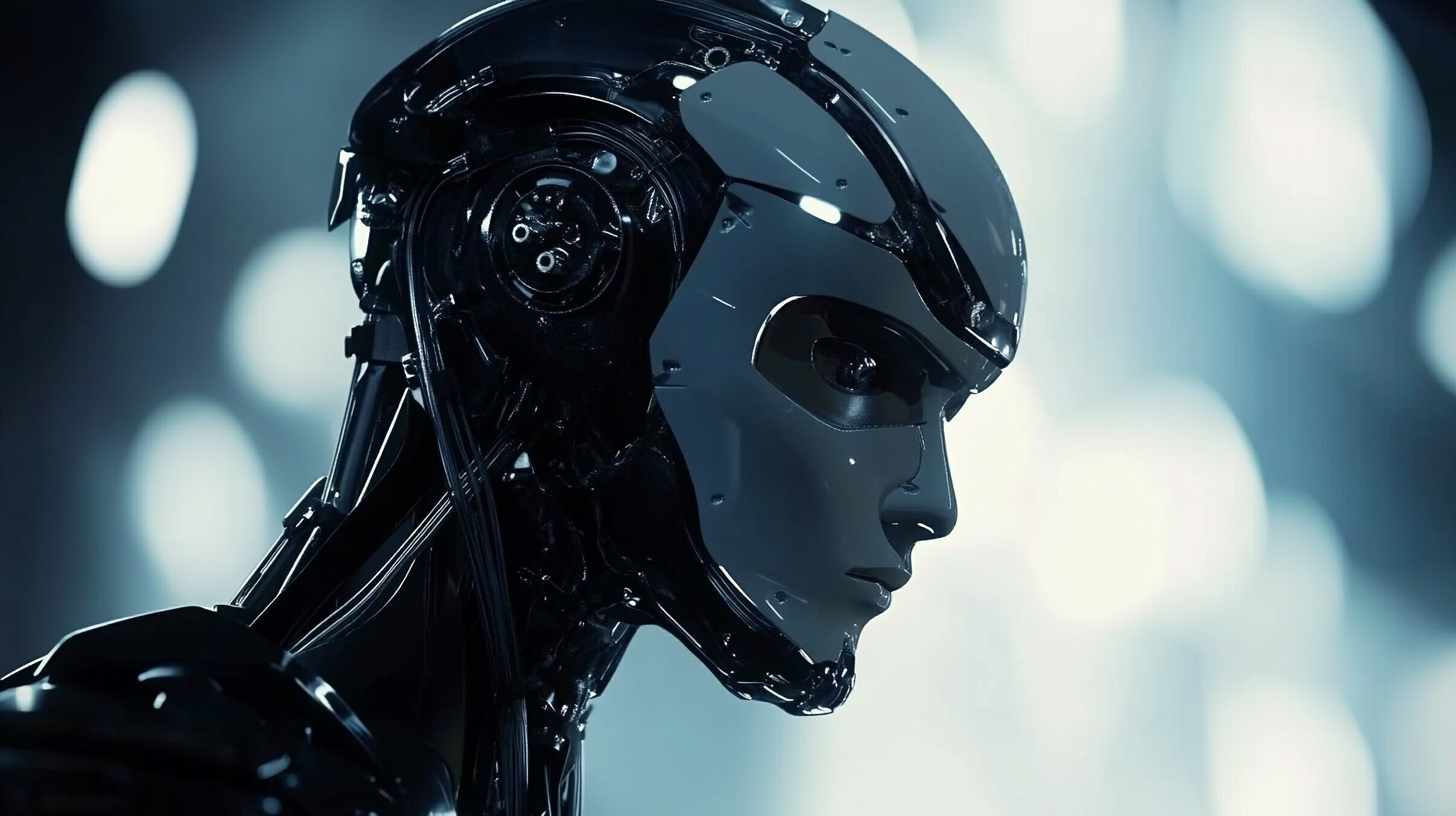Use it to plan your own robot barista payback period.

Want to know more details?
Please, contact your manager.
Aleksandr Maksimovich
Business Development Manager
Nalarobot Robotics | Nalarobot Café
Mobile: +375 333 760 460
(WhatsApp | Telegram | Viber)
BLOG
5 Revolutionary Trends in Industrial Robotics Transforming Manufacturing
The manufacturing landscape is undergoing a dramatic transformation, driven largely by advancements in Industrial Robotics. As companies increasingly integrate automation into their production processes, reports indicate a staggering growth in the industrial robotics market, projected to reach nearly $70 billion by 2025, according to a report by the International Federation of Robotics (IFR). This surge is fueled by the demand for efficiency and precision, as well as the rising costs of labor and the need for higher productivity across various sectors. With innovations in artificial intelligence and machine learning, industrial robots are now capable of learning and adapting to new tasks, propelling them from traditional roles into more complex applications.
Moreover, the adoption of Industrial Robotics is not just limited to large-scale manufacturing entities; small and medium enterprises are increasingly leveraging these technologies to enhance their operations and competitiveness. A study by McKinsey highlights that companies that incorporate robotics in their workflows can boost productivity by up to 30%. As we delve into the five revolutionary trends shaping the future of industrial robotics, we will explore how these advancements are not only transforming manufacturing processes but are also setting new standards for business efficiency, safety, and innovation.

Emerging AI-Driven Robotics: Enhancing Efficiency and Precision in Manufacturing
In the ever-evolving landscape of manufacturing, emerging AI-driven robotics are at the forefront of revolutionizing efficiency and precision. These advanced robots leverage artificial intelligence to adapt to dynamic environments and optimize production processes, resulting in significant enhancements in operational productivity. Unlike traditional robotic systems that require specific programming for each task, modern AI-powered robots are equipped with machine learning capabilities, allowing them to learn from their experiences and improve over time. This adaptability not only reduces downtime but also enables manufacturers to respond swiftly to changing market demands. Additionally, AI-driven robotics improve precision in manufacturing by employing advanced sensors and computer vision technologies. This combination allows robots to detect anomalies, ensure quality control, and perform intricate tasks with remarkable accuracy. For instance, in assembly line environments, AI robots can identify defective components in real-time, minimizing waste and reducing the likelihood of human error. As a result, manufacturers can achieve higher quality standards, enhance customer satisfaction, and gain a competitive edge in the marketplace. Moreover, the integration of AI in industrial robotics facilitates seamless collaboration with human workers. Cobots, or collaborative robots, are designed to work alongside humans, enhancing their capabilities while maintaining safety. By sharing the workload and executing repetitive or hazardous tasks, these robots empower human employees to focus on more complex problem-solving and creative aspects of production. This synergy between AI-driven robotics and the human workforce not only optimizes efficiency but also creates a more versatile and innovative manufacturing environment.

Collaborative Robots: Redefining Human-Robot Interaction on the Factory Floor
The rise of collaborative robots, or cobots, is redefining human-robot interaction in manufacturing environments. Unlike traditional industrial robots, which often operate in isolation and require extensive safety measures, cobots are designed to work alongside human operators. This new paradigm fosters a cooperative workspace where humans and machines can share tasks, enhancing productivity while ensuring worker safety. As manufacturers adopt these advanced technologies, the interaction between humans and robots becomes more seamless, significantly improving workflow efficiency.
One of the key elements of effective human-robot interaction is adaptability. Collaborative robots are equipped with sophisticated sensors and AI capabilities that allow them to learn from their human counterparts. This ability to adapt enhances the work dynamic, as cobots can adjust their actions based on human input, creating a more intuitive working relationship. For instance, in assembly lines, cobots can assist workers by handling repetitive or physically demanding tasks, thereby allowing human employees to focus on more intricate operations that require problem-solving and creativity.
Moreover, the integration of cobots into the manufacturing process has profound implications for workforce dynamics. As cobots take over mundane tasks, employees are empowered to upskill and engage in more meaningful work, ultimately driving innovation within the industry. An environment that promotes collaboration between humans and robots paves the way for a more engaged workforce, boosting morale and fostering a culture of continuous improvement. The factory floor is becoming not just a space for production, but a dynamic environment where human ingenuity and robotic efficiency coexist harmoniously.

Advanced Sensor Technologies: Enabling Smarter, Safer Production Processes
In today's rapidly evolving industrial landscape, advanced sensor technologies are playing a pivotal role in transforming manufacturing processes. These innovations are enabling smarter systems that enhance both productivity and safety. By integrating state-of-the-art sensors, manufacturers can achieve real-time monitoring of machinery and production lines, leading to more efficient operations. This kind of connectivity allows for predictive maintenance, minimizing downtime and ensuring that production processes remain uninterrupted.
Furthermore, the impact of sensor technology extends beyond manufacturing to sectors such as maritime, oil and gas, and aerospace. In maritime operations, for instance, seamless connectivity facilitated by advanced sensors enhances remote pilotage and IoT integration, enabling better oversight and control over operations. Similarly, in the oil and gas industry, sensors are now essential for improving safety, driving efficiency, and ensuring environmental compliance. This cross-industry relevance of sensor technologies highlights their importance in establishing safer and more connected environments.
As we advance into an era marked by the Internet of Things (IoT) and artificial intelligence, the role of sensors will only continue to expand. With ongoing innovations focusing on improving sensor efficiency and capabilities, manufacturers are empowered to make data-driven decisions that enhance their operational effectiveness. Ultimately, this integration not only revolutionizes manufacturing processes but also fosters a culture of safety and sustainability across various industries.

The Rise of Modular Robotics: Customizing Manufacturing Solutions for Flexibility
The manufacturing landscape is undergoing a seismic shift with the rise of modular robotics, presenting an opportunity for businesses to customize their production solutions. According to a report by MarketsandMarkets, the modular robotics market is projected to grow from $3.6 billion in 2022 to $6.8 billion by 2027, highlighting a robust annual growth rate of 14.4%. This trend underscores the increasing demand for flexible and scalable automation in various sectors, particularly as industries seek to adapt to changing consumer needs and market dynamics.
Modular robotics allows manufacturers to piece together their automation solutions in a way that is both efficient and adaptable. By utilizing interchangeable components, companies can streamline their operations and easily switch tasks or configurations as needed. A study from the International Federation of Robotics indicates that companies implementing modular systems report up to a 30% increase in efficiency and a significant reduction in downtime. This capability becomes particularly crucial in an era where rapid prototyping and mass customization are becoming the norm.
Furthermore, the modular approach aligns perfectly with the principles of Industry 4.0, promoting connectivity and interoperability among machines. According to Siemens, around 70% of manufacturing companies are investing in modular solutions to enhance their digital transformation efforts. As a result, businesses can expect not only improved operational efficiencies but also better overall responsiveness to market changes, reinforcing their competitive edge in a rapidly evolving industrial environment.
Blockchain for Robotics: Securing Supply Chains and Enhancing Traceability in Manufacturing Processes
Blockchain technology is revolutionizing the robotics sector by addressing critical challenges in the manufacturing supply chain. As industries seek to improve their operational efficiency, the integration of blockchain helps secure transactions, enhance traceability, and reduce fraud risks. This technology allows manufacturers to track materials and machinery in real-time, ensuring that every part of the supply chain is transparent and reliable. With the ability to create immutable records, blockchain paves the way for better accountability in production processes, enhancing overall trust among supply chain partners.
Moreover, the synergy between AI and blockchain is fostering smarter manufacturing practices. AI's capabilities in data analysis and predictive modeling complement blockchain's secure transaction framework, allowing manufacturers to optimize logistics and supply chain management. For instance, real-time insights from AI can lead to proactive decision-making, addressing inefficiencies and anticipating supply chain disruptions. This holistic approach not only boosts productivity but also enhances the customer experience by ensuring timely deliveries and higher-quality products.
As manufacturing continues to evolve, the integration of advanced technologies like AI and blockchain will be indispensable. The ability to provide secure, verifiable data throughout the supply chain enhances food safety and quality in agriculture as well, showcasing the broader implications of these technologies across various sectors. By embracing these revolutionary trends, industries can not only improve their operational excellence but also pave the way for a more resilient and sustainable manufacturing landscape.

